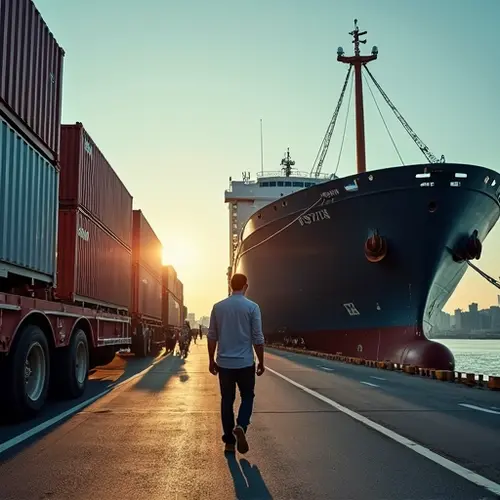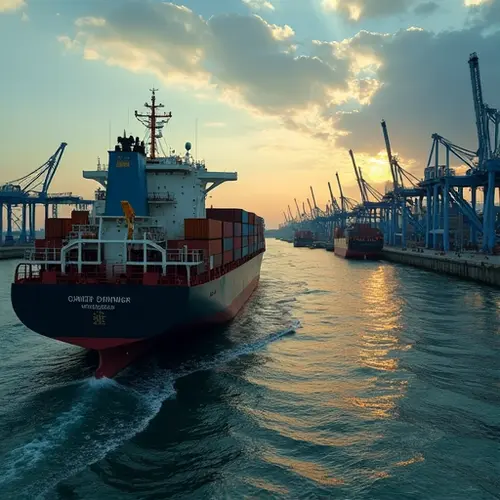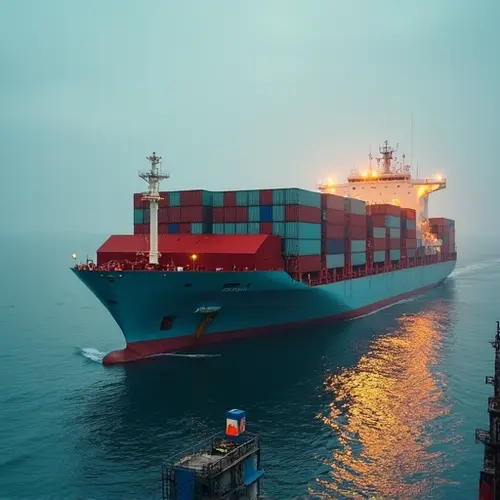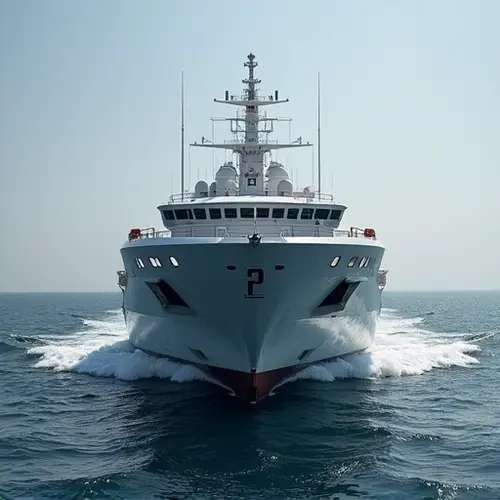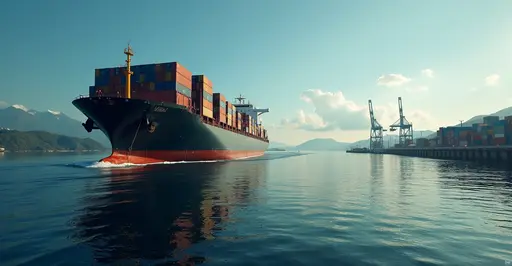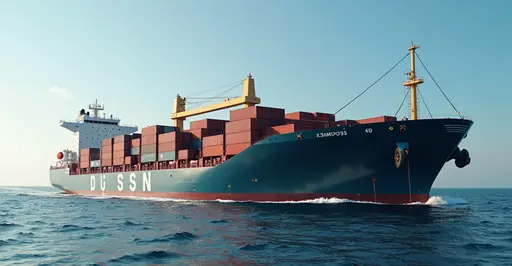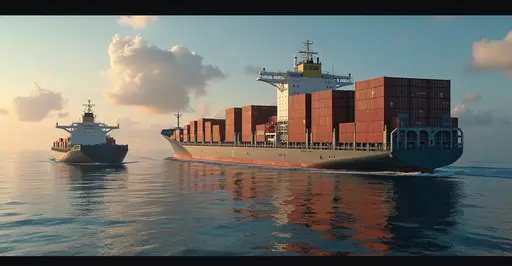
Global Shipping Markets Find New Balance
After months of volatility triggered by Houthi attacks in the Red Sea, global container shipping rates have finally stabilized. Industry analysts confirm that spot rates on major trade lanes have settled 45% below their 2024 peak, though they remain 115% above pre-pandemic levels according to the Shanghai Containerized Freight Index.
Red Sea Crisis Impact
The shipping disruptions began in October 2023 when Yemen's Houthi militants started attacking commercial vessels in the Bab-el-Mandeb strait. This critical chokepoint handles 12% of global trade, forcing carriers to reroute ships around Africa's Cape of Good Hope - adding 10-14 days to Asia-Europe voyages. The extended journeys increased fuel consumption by 40% and sent insurance premiums soaring.
"The Red Sea diversions created a perfect storm of operational challenges," explained maritime analyst Liam Chen. "Carriers faced longer transit times, port congestion at alternative hubs, and sudden equipment shortages."
Industry Adaptation Strategies
Shipping companies responded with several adjustments:
- Implementing new Peak Season Surcharges (PSS)
- Increasing blank sailings to balance capacity
- Deploying additional vessels on Africa routes
- Negotiating emergency bunker fuel contracts
The container industry's overcapacity ultimately helped absorb the shock. With new vessel deliveries reaching record levels in 2025, carriers had sufficient tonnage to maintain service frequency despite longer rotations.
Economic Consequences
UNCTAD estimates the disruptions added 0.6% to global inflation, with Small Island Developing States (SIDS) experiencing up to 0.9% increases. Processed food prices jumped 1.3%, hitting vulnerable populations hardest.
Vulnerable Economies Suffer Most
Developing nations faced disproportionate impacts. Landlocked countries saw transit times increase by 3-5 weeks, while SIDS experienced 9% declines in maritime connectivity over the past decade. "These economies lack the infrastructure to absorb supply chain shocks," noted UN trade specialist Fatima Ndiaye.
Rates on secondary routes saw extreme fluctuations:
| Route | Price Increase (Jan-July 2025) |
|---|---|
| Shanghai-South America | +102% ($9,026/TEU) |
| Shanghai-South Africa | +186% ($5,426/TEU) |
Future Outlook
While current stability offers relief, experts warn of ongoing risks:
- Houthi threats to Mediterranean-bound ships continue
- Panama Canal drought restrictions remain in place
- New US/EU tariffs scheduled for August 2025
"The situation remains fragile," cautioned Freightos market analyst Devorah Wolf. "Any new disruption or demand surge could quickly reverse the stabilization trend."
Industry leaders are calling for increased investment in port infrastructure, alternative shipping routes, and climate-resilient logistics solutions to buffer future shocks.

 Nederlands
Nederlands
 English
English
 French
French
 Deutsch
Deutsch
 Espaniol
Espaniol
 Portugese
Portugese




